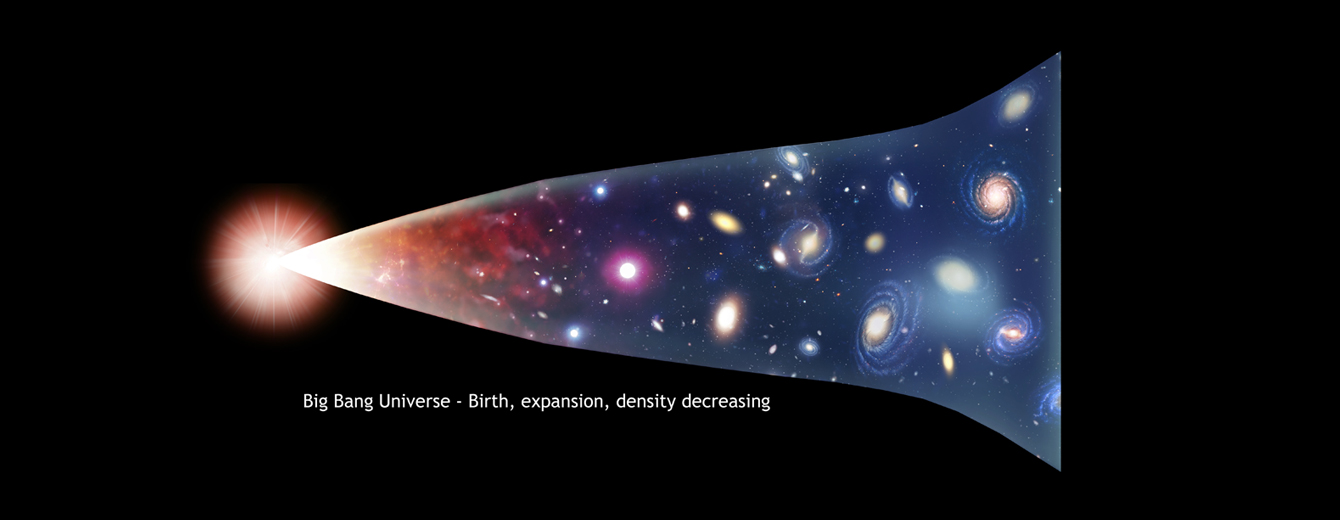개인정보 취급방침
개인정보 처리방침에 대한 내용을 입력하십시오.
이용약관
서비스 이용약관에 대한 내용을 입력하십시오.
Preschool Curriculum
The Present at the Intersection of Time and Space
All living organisms, including humans, are bound by time and space. To understand our present, we must have a concept of both time and space. Let’s explore our curiosity about time and space through the Big Bang theory. Time and space are intertwined. For instance, when we are having a conversation, sometimes we refer to a specific time. At that moment, our minds recall events or experiences that took place in a specific space during a particular time. We might simply say, "When I was in elementary school," but our minds also visualize the space where we were during that time. The people and scenery from that time come to mind. This shows that it is impossible to think about time and space separately.
Let us examine the time and space that began with the Big Bang. The birth of the universe began with the Big Bang, where rapid expansion created new space. Even now, the universe continues to expand, constantly generating new space at an incredible speed. If the universe is creating new space, its changing shape represents the passage of time. This means that time and space are different ways of describing the shape of the universe.
If time and space are intertwined, then time is not something that simply passes by, but rather something continuously created. In simpler terms, time becomes another expression of space. Therefore, time is not just passing; it is constantly generated and accumulating. Humanity stands upon the layers of time accumulated on these newly created spaces. And this is what we call the present.

The Process of Understanding One’s Present
The purpose of the Liberal Arts Program for preschoolers is to help them understand the present. To understand the present, we must first understand time and space. We must explore how space was created and what emerged within that space. Exploring how life forms gradually came into existence as time passed in space is also essential. We must understand how these organisms adapted to nature and survived. By exploring the differences in survival strategies between plants, animals, and humans, we can uncover the secret to human prosperity. It is also essential to reflect on how only humans were able to build civilizations by accumulating time in space. Naturally, we should explore the role mathematics played in the development of civilization. Once we understand all of this, we will be able to view our present self clearly.
Overview: Preschool Curriculum
| Stage | Lesson Preparation | Lesson | Wrap-up | Course Duration |
|---|---|---|---|---|
| K2 |
96 Read-Aloud Videos 96 Prep Videos |
96 Basic Textbooks |
96 Review Videos 96 Worksheets |
12 months (2 times/week, 8 times/month) |
| K3 |
96 Read-Aloud Videos 96 Prep Videos |
96 Basic Textbooks |
96 Review Videos 96 Worksheets |
12 months (2 times/week, 8 times/month) |
[ Sample: K2 Curriculum - First Month ]
| Session | Read-Aloud Video | Prep Video | Textbook | Review Video | Worksheet |
|---|---|---|---|---|---|
| Week 1, Session 1 | Reading_K2.1.1 | Prep_K2.1.1 | K2.1.1 | Review_K2.1.1 | WS_K2.1.1 |
| Week 1, Session 2 | Reading_K2.1.2 | Prep_K2.1.2 | K2.1.2 | Review_K2.1.2 | WS_K2.1.2 |
| Week 2, Session 1 | Reading_K2.1.3 | Prep_K2.1.3 | K2.1.3 | Review_K2.1.3 | WS_K2.1.3 |
| Week 2, Session 2 | Reading_K2.1.4 | Prep_K2.1.4 | K2.1.4 | Review_K2.1.4 | WS_K2.1.4 |
| Week 3, Session 1 | Reading_K2.1.5 | Prep_K2.1.5 | K2.1.5 | Review_K2.1.5 | WS_K2.1.5 |
| Week 3, Session 2 | Reading_K2.1.6 | Prep_K2.1.6 | K2.1.6 | Review_K2.1.6 | WS_K2.1.6 |
| Week 4, Session 1 | Reading_K2.1.7 | Prep_K2.1.7 | K2.1.7 | Review_K2.1.7 | WS_K2.1.7 |
| Week 4, Session 2 | Reading_K2.1.8 | Prep_K2.1.8 | K2.1.8 | Review_K2.1.8 | WS_K2.1.8 |
